The two A’s in NCAA have never stood for amateur (they are for Athletic and Association), but through the first 115 of its 119 years, the collegiate athletic governing body worshipped at the altar of amateurism. Then came the Supreme Court’s 2021 unanimous decision in NCAA v. Alston, in which the court ruled the NCAA’s restrictions on educational benefits violated antitrust laws. That quickly opened the door to the NCAA dropping its long-standing rules against collegiate athletes accepting marketing dollars.
But if one could say the Alston decision partially opened the long-sealed amateur door, a settlement last week of a landmark class-action antitrust suit brought by current and former collegiate athletes blew the blocked entryway to smithereens. If you think college sports have become no more than a crass commercial business, you haven’t seen anything yet. On deck: team payrolls, a Dickensian existential struggle for survival among low-revenue collegiate sports, a new regulatory body, and almost assuredly lawsuits over what constitutes fair marketing compensation.
The settlement in House v. NCAA will allow colleges and universities to directly pay student athletes starting July 1. For the big revenue-generating sports—and these are almost exclusively football and men’s basketball—the teams will all but be professional. Athletes get a paycheck and sign endorsement and licensing deals, no different than the pros.
The settlement, approved by federal Judge Claudia Wilkens, will pay $2.8 billion in damages to former players who were denied the right to market themselves—receiving compensation for what is known in the business as name, image, and likeness (NIL)—since the start year of the class-action period, 2016. Two court decisions laid the groundwork: O’Bannon v. NCAA, in which a federal appeals court found colleges couldn’t use the images of former players without compensation, and Alston. It was only after the Alston decision that the NCAA hastily removed its NIL roadblocks, leaving the collegiate landscape littered with different state and university rules and regulations for NIL.
It’s an overused phrase, but “wild, wild West” came to describe the new marketplace for athletes, allowing them to sign deals both with entities ranging from local restaurants to Gatorade and with independent groups formed by boosters, known as NIL collectives. NIL money is dangled in front of recruits, and sometimes yanked away after they sign. One recruit has sued University of Florida head coach Billy Napier and others, alleging fraud over a $13 million NIL deal the collegiate quarterback says he was promised and never received. A quarterback at the University of Nevada at Las Vegas quit mid-season last year over the alleged failure of coaches to deliver on NIL pledges.
Roughly $4 billion has been paid out to collegiate athletes since Alston, whose four-year anniversary is next week. University of Texas quarterback Arch Manning earns more than $6 million a year, according to On3.com. When star University of Colorado quarterback Shedeur Sanders shockingly fell to the fifth round of the NFL Draft in April, the plummet meant his NFL salary will be less than his college-level income, a situation that led to talk he would be better off financially staying in school (he can still earn endorsement money as a pro, of course).
The House settlement aims to regulate NIL by requiring most deals to go through a clearinghouse to ascertain whether the deals are true marketing contracts, or what are still considered illicit pay-for-play payments. The NCAA’s concern is that many NIL deals, either conducted through university-affiliated collectives or directly with athletic boosters’ companies, are not true endorsements but thinly disguised pay-for-play checks.
“Now, up to $20.5 million will be redirected to players in all sports. What does Alabama, with its 21 varsity teams, do?”
Let’s back up. Since Alston, the NCAA has marinated in a bevy of lawsuits and other legal actions that have sought to force the governing body to share revenue with athletes, to allow unionization, and to remove any remaining NIL restrictions, as well as lawsuits over player transfer rights and health and safety. So the NCAA has been busy lobbying Congress, desperately seeking to undo the Alston decision by getting an antitrust exemption and a bar on athletes becoming employees. With a divided Congress on almost every issue, getting an antitrust exemption through even one house is a seemingly impossible task. So the NCAA had little choice but to settle the main antitrust lawsuit.
The House case, named after its lead plaintiff, former Arizona State swimmer Grant House, actually predated Alston. It was filed in 2020 and spearheaded by famed sports labor attorney Jeffrey Kessler. (Kessler, a veteran of labor wars with the NFL and NBA, argued the Alston case at the Supreme Court.) House argued that NCAA rules that prevented athletes from sharing in NCAA revenues violated antitrust law and compensation for athletes who had been denied NIL money.
The settlement allows colleges and universities a $20.5 million annual pool with which to pay players. This is money the educational institution must generate, whether that’s through more commercial revenues, donors, cost-cutting, or even student fees. The pot rises roughly 4 percent annually over the decade-long term of the settlement. Three-quarters of the player pay is directed to football and men’s basketball, with the remainder sprinkled among women’s sports and other sports that bring in little revenue, from tennis to swimming.
The reason for this percent divide is obvious: Football and men’s basketball bring in most of the revenue. But that likely will mean that low-revenue sports will get a pittance of the new payroll pool, and some teams could be eliminated entirely. Because of Title IX, any cuts to a women’s team must also be meted out to a men’s team, whether that’s a budget cut or elimination of a sports program.
This will create some very uncomfortable decisions for athletic departments. Take the University of Alabama, which lost $27.9 million in the 2024 fiscal year on sports despite bringing in $243 million in revenue. The university attributed the loss to one-time coaching and staff costs, but notably, the football program had a $27 million surplus. Schools have long diverted the profits from football and basketball to other sports, none of which make money (not even Iowa women’s basketball when Caitlin Clark was the team’s headliner).
Now, up to $20.5 million will be redirected to players in all sports. What does Alabama, with its 21 varsity teams, do? Unless the money is raised by donors or student fees skyrocket, some of these teams at schools like Alabama will surely get the ax.
That’s why four national collegiate coaching associations—the American Volleyball Coaches Association (AVCA), National Wrestling Coaches Association (NWCA), College Swimming and Diving Coaches Association of America (CSCAA), and U.S. Track & Field and Cross Country Coaches Association (USTFCCCA)—issued a joint statement following the announcement of the settlement.
“We are concerned that the new financial obligations placed on schools will force administrators to divert attention and resources away from non-football and non-basketball sports—the very programs in which the majority of NCAA student-athletes participate,” the statement said. “This is no hypothetical. Budget cuts and program eliminations have already occurred in anticipation of today’s decision, and more are likely to follow.”
As women’s sports boom, there’s a risk the new structures will nevertheless chip away at women’s teams. Title IX requires colleges and universities to afford women the same opportunity as men, so any excision of a women’s team likely will require an accompanying removal of a men’s team. More revenue is beginning to flow into women’s sports, in particular women’s basketball, in a new ESPN contract. But the money still pales next to what the men bring in. Women’s basketball is set to earn $65 million a year through the NCAA; men’s hoops: $1.1 billion.
The settlement also imposes roster limits, most specifically on football programs at 105 per squad. That may seem like a lot, but top teams typically carry dozens more players, and the reduction likely will end opportunities for walk-ons, athletes who were not recruited but try out for and make the team (think the movie Rudy). The flip side is that scholarship limits are relaxed. Separately from the $20.5 million pool, schools can increase scholarships in sports where the former caps were lower than the new roster limits. Some schools, including Clemson and Texas A&M, intend to fund scholarships for every collegiate athlete.
A key battle zone looming is the NIL clearinghouse that will be launched as a condition of the settlement. Managed by the consulting firm Deloitte and called NIL Go, it must review all third-party NIL agreements worth more than $600. Under the new standards, an endorsement must demonstrate “legitimate commercial intent” and be priced at what the new College Sports Commission, created by the settlement, describes as a “reasonable range of compensation based on multiple factors.” The commission is the entity tasked with policing NIL transactions.
Experts are predicting a continuation of legal mayhem when NIL Go officially launches June 11, because any denial of an NIL deal is sure to be met with furious legal pushback.
“Would rather NIL GO just goes away, but I may need to hire more lawyers … based on the amount of expected challenges that will result from its opaque operation,” tweeted Darren Heitner, a sports attorney who has advised on a host of high-profile NIL deals for collegiate athletes.
Jason Setchen, an athlete lawyer, tweeted, “Just waiting for some pencil pusher accountant working for ‘NIL GO’ to try to invalidate a well negotiated contract where both sides had lawyers and agents that thoroughly negotiated the deal.”
While wheels are spinning fast to implement the settlement changes in advance of this year’s fall sports seasons, one high-profile transformation appears off the table, for now: the unionization of college athletes. In anticipation of changes that would be imposed by the House settlement, the National College Players Association earlier this year withdrew its National Labor Relations Board charge against the NCAA, seeking a declaration that college athletes are employees.
Combined with the Trump administration’s assuredly negative stance toward collegiate sports unionization, this is one radical step on hold for the moment. Given the surreal pace of change in college sports, maybe everyone can agree that’s a good thing.

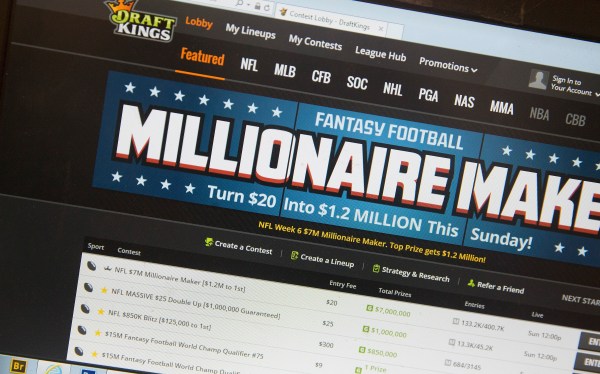
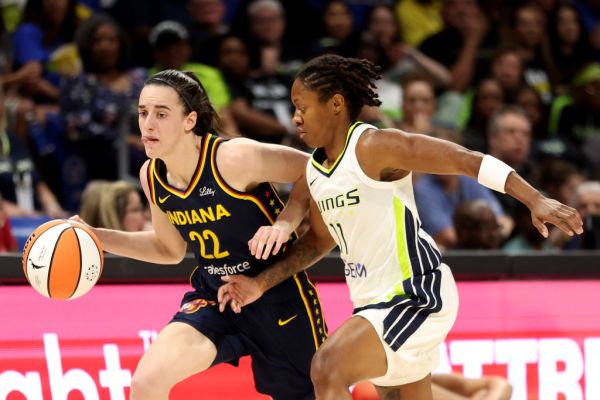
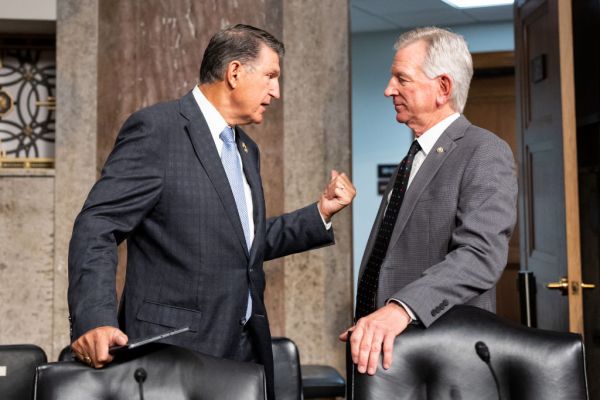
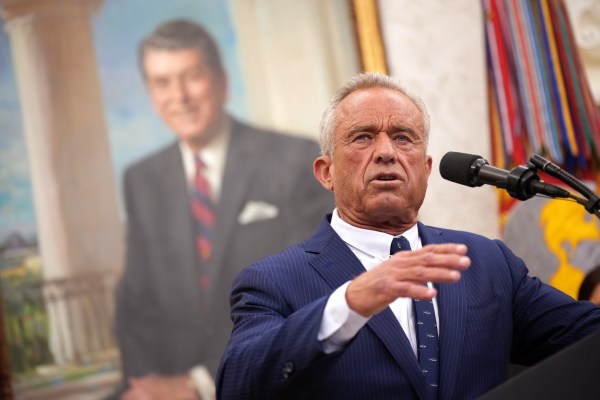
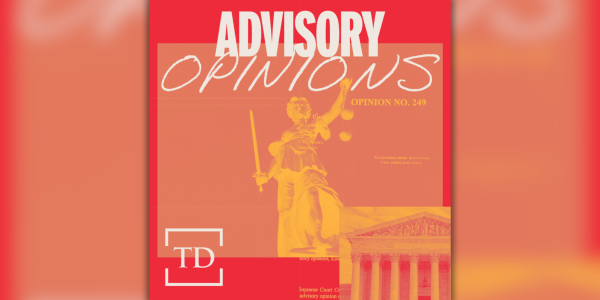
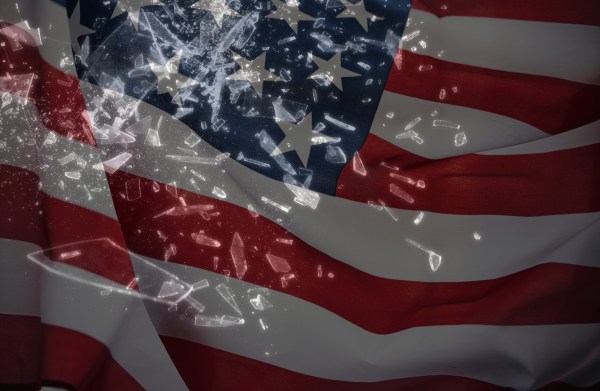
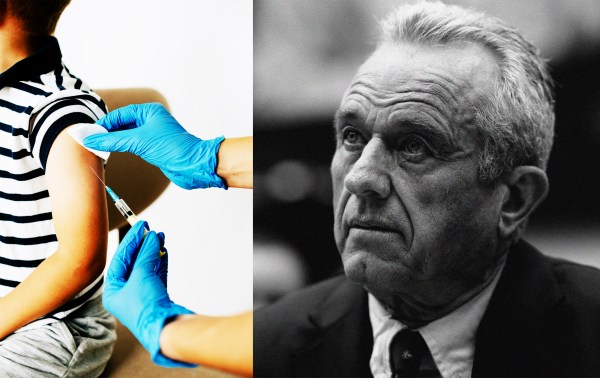
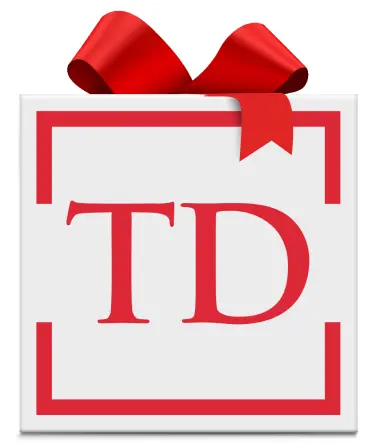
Please note that we at The Dispatch hold ourselves, our work, and our commenters to a higher standard than other places on the internet. We welcome comments that foster genuine debate or discussion—including comments critical of us or our work—but responses that include ad hominem attacks on fellow Dispatch members or are intended to stoke fear and anger may be moderated.
With your membership, you only have the ability to comment on The Morning Dispatch articles. Consider upgrading to join the conversation everywhere.